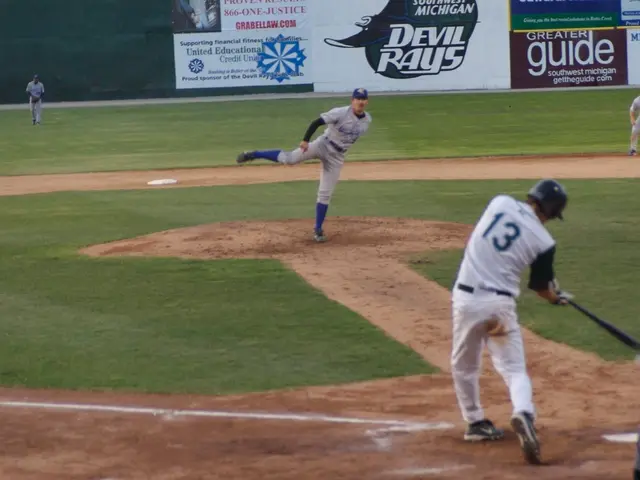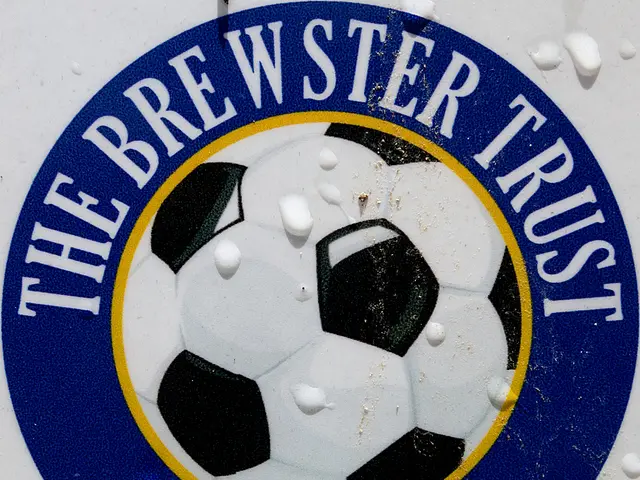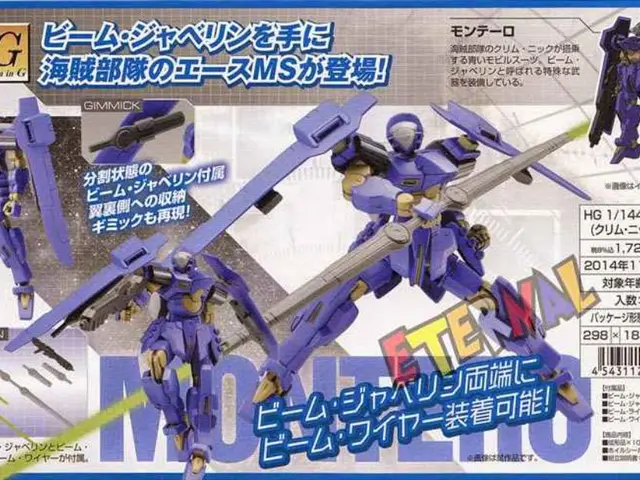Mastering matches versus the Rangers: Ury Peleg shares strategies
Hey there! It's Uri Peleg here. In the latest video for GTO Wizard, I'm breaking down how to manipulate opponents who go overboard with small-sized re-raises.
To grasp an enemy's strategy, you gotta understand how it works. So, let's categorize hands on the flop: top tier hands (e.g., KK, QQ), and weak ones (e.g., 99, 66). Question yourself: which group fits a bet the best?
Weak ones, obviously. With KK, you want to grow the pot, but not with QQ. There are tons more weak hands in the range, so the sizing is shaped around them. That's the first lesson about re-raises: they're designed for weak hands.
In poker, it's essential to strike a balance between investing big with strong hands and not letting opponents bully you with weak ones. Making the same-sized bet with every hand can help achieve this balance.
Set a bet with the solver's entire range on the flop.
Post-call and on the turn, the solver plays polar: either it bets big or checks. This allows medium hands (like pocket nines or sevens) to see the showdown with ease. This is the essence of small bets strategy.
Countering these small bets:
Tip #1: Widen your defense
Remember about backdoor equity when your opponent leans on small bets. Don't just fold pairs, draws, and overcards on the flop.
For instance, on the same board, the solver sometimes keeps going with hands like JT, T9, 97, 76. The same goes for backdoor flush draws: hands like KT continue against small bets too.
If you fold these, you're not defending well.
Tip #2: Check-raise more often
If you don't check-raise enough, your opponent can reach the river almost for free with anything. The solver solves this problem with aggressive check-raises: plenty of bluffs, plenty of value, plenty of backdoor draws - especially on dry boards.
There are some less obvious candidates: in the example above, hands like A6, A9s, 89s, and even pair of deuces can be used as semi-bluffs. This way, we attack our opponent's weak and medium hands, while keeping our stack safe.
For example, with A6, you can check-raise and, based on the situation, either check the turn, or make a small value bet on the river. The main thing is to prevent your opponent from reaching the river cheaply after a re-raise.
Tip #3: Throw probe-bets on the river
If your opponent makes it to the river after checking the turn, it means their range is relatively weak. Sure, solvers can check-back stronger hands more frequently, but live opponents usually present pocket pairs from threes to kings, 8x, and K-high.
We need to be extra aggressive on the river. After a check-check on the turn, solvers will bet the pot for value starting with the top pair and adding generous bluffs. With second pairs, they'll collect small bets, putting pressure on small pocket pairs in the opponent's range.
The less often your opponent checks value on the turn, the more you can increase your sizing—even to overbets.
To sum up the weaknesses of the re-raise bets:
- After betting the flop, the remaining range features numerous weak hands.
- After checking the turn, the river range also includes many weak hands.
Leverage these weaknesses to your advantage. Conversely, larger bets on the turn usually stem from a stronger range.
Ready to master GTO tactics? Check out GTO Wizard in our web store. Keep learning!
- Understanding an opponent's strategy is key, and in poker, small-sized re-raises often indicate a tendency to bluff with weak hands.
- When an opponent leans on small bets, it's essential to widen your defense and not just fold pairs, draws, and overcards on the flop.
- Instead of folding, consider keeping hands like JT, T9, 97, 76, and backdoor flush draws, as the solver often continues with these hands against small bets.
- Another tip is to check-raise more often when facing small bets, as this can prevent opponents from reaching the river almost for free with anything.
- Hands like A6, A9s, 89s, and even pair of deuces can be used as semi-bluffs to attack weak and medium hands while keeping your stack safe.




